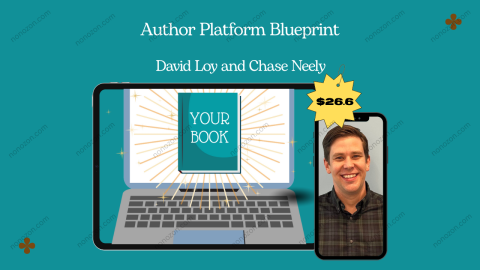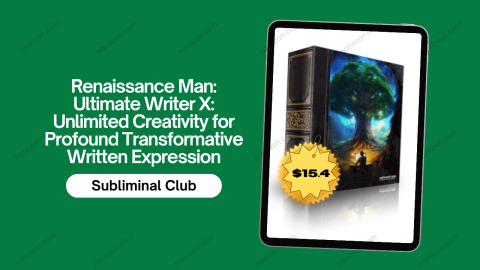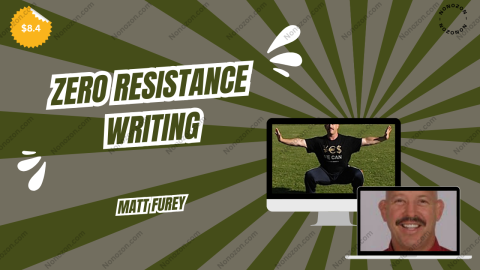Review of the Introductory Course – How to Write a Children’s Picture Book by Darcy Pattison
Writing a children’s picture book can feel overwhelming at first. For writers, educators, and parents interested in this craft, Darcy Pattison’s introductory course How to Write a Children’s Picture Book offers an essential guide. Drawing on extensive experience, Pattison lays out a clear, step-by-step path that simplifies the process of creating captivating stories for young readers. This review examines the course’s main features, practical value, and overall quality to help potential students determine if it fits their creative goals in children’s literature.
Mastering Picture Book Structure
A core focus of the course is understanding the classic picture book format. Pattison introduces learners to the industry-standard 32-page layout, which plays a crucial role in shaping the narrative, guiding illustrations, and engaging children.
The 32-Page Format Explained
Pattison details important production constraints such as printing and binding that influence storytelling choices. Each page must be purposeful—whether it drives the plot, reveals characters, or surprises readers visually—demanding strong pacing and flow skills from authors.
Engagement: This format encourages writers to carefully coordinate text and images, recognizing that children often respond first to illustrations.
Visual Storytelling: The course stresses the importance of integrating illustrations and text from the start, ensuring they complement each other seamlessly.
By mastering this format, authors not only meet publishing norms but craft books that captivate both kids and adults alike.
Developing Compelling Characters
Another vital topic is character creation. Pattison highlights the necessity of building relatable, evolving characters to maintain reader interest. Picture books typically feature protagonists undergoing growth or learning—experiences that resonate across age groups.
Emotional Connection and Character Arcs
Creating emotional engagement is key. Pattison offers tactics to help writers:
Develop clear character arcs reflecting transformation, from lessons about friendship to overcoming fears.
Consider how illustrators will visually express characters’ emotions and growth, enhancing the story’s impact.
This focus ensures stories leave meaningful impressions on young audiences.
Writing for Read-Aloud Appeal
Effective children’s books are often enjoyed aloud, a feature the course thoroughly addresses. Crafting text that sounds good when spoken aloud enhances enjoyment for kids and caregivers alike.
Techniques for Successful Read-Alouds
Pattison shares strategies such as:
Rhythm: Encouraging writers to read drafts aloud to smooth out awkward phrasing and maintain engaging flow.
Repetition: Using repeated phrases or patterns to boost participation and retention.
Simplicity: Employing age-appropriate language and clear sentences to make stories accessible.
By prioritizing auditory qualities, the course helps authors create narratives perfect for shared reading.
Writing Skills and Editing
Pattison emphasizes that editing is as crucial as writing, guiding participants through transforming rough drafts into polished manuscripts.
Effective Editing Strategies
Breaking revisions into focused stages, addressing themes, character consistency, and pacing separately.
Using peer or beta-reader feedback constructively.
Applying editing principles that stress brevity and clarity—essential in children’s books.
The course treats editing as a creative craft that elevates manuscript quality.
Balancing Dual Audiences: Children and Adults
Writing for children’s picture books means appealing both to kids and the adults who read to them. Pattison helps authors navigate this dual challenge.
Crafting Layered Narratives
Encouraging stories with multiple levels of meaning or humor that adults appreciate.
Integrating themes and messages that prompt conversations between children and parents.
This dual-layer approach enriches reading experiences and fosters lasting appeal.
Exploring Genres and Styles
The course also exposes participants to a variety of children’s book genres and styles, broadening their creative horizons.
Genre Highlights
Rhyming Books: Understanding rhythm and format to engage young readers musically.
Biographies and Creative Nonfiction: Adapting factual stories for children with engaging storytelling.
Creative Freedom: Encouraging experimentation with narrative forms and personal voice.
This diversity enables authors to innovate within the picture book format.
Navigating Publishing
Finally, Pattison equips aspiring authors with practical knowledge on entering the publishing world.
Publishing Tips
Crafting effective query letters.
Understanding market trends and positioning manuscripts competitively.
Building networks within the industry for support and collaboration.
These insights prepare writers for both creative and business aspects of publishing.
Conclusion
In sum, Darcy Pattison’s How to Write a Children’s Picture Book is a thorough introduction covering every essential element of crafting children’s literature. From mastering structure and character development to addressing dual audiences and navigating publishing, the course offers invaluable tools and insights. Whether you’re a budding author or an educator aiming to enrich learning, this course lays a solid foundation for success in writing picture books that resonate with children and adults alike.





